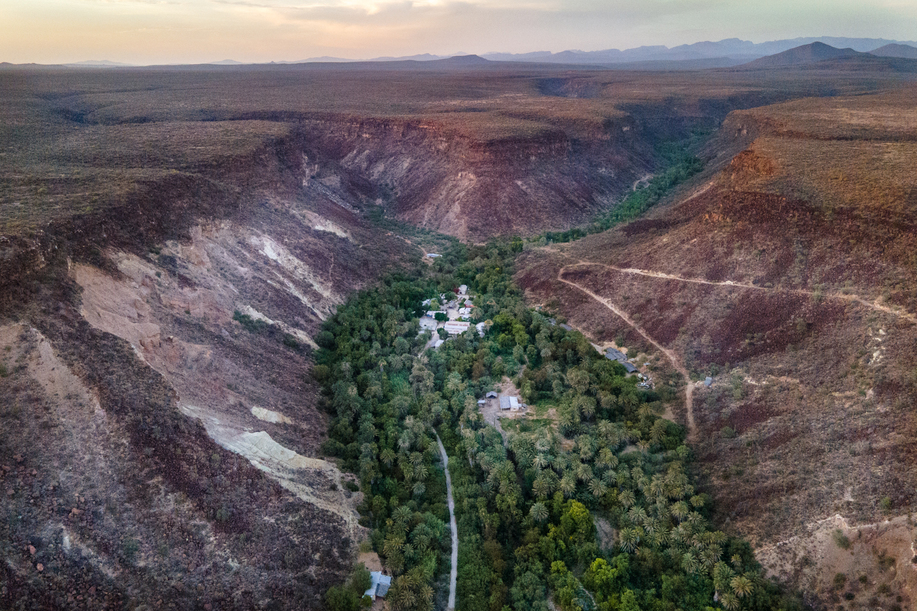

An aerial view of San Jose de Gracia - a community nestled in the middle of the Pacific coast of Baja California, Mexico, July, 2021. The community claims that it was founded 200 years ago, but today there are only 21 members living there full time. As with many other small communities, water is the reason why they are able to settle and live in their surroundings. However the rainy season has shifted, leaving their community without a waterfall flowing off the canyon as one used to.
Reviewers Choice Award
Until We Are Gone
Photographer: Sofia Aldinio
Reviewers Choice Award
Exhibit Title: Until We Are Gone
Location: Mexico
Across the Northern Baja Sur Region of Mexico, extreme drought has caused the depletion of water, essential vegetation, medicinal herbs, and wildlife, collectively pushing traditional subsistence communities and their heritage of living off the land to the brink of survival. The starkest example of this is in San Jose de Gracia, a 200 year old, once thriving canyon community of multi-generational families, where now only 21 people remain. This project highlights the uncertainty these communities face as possibly the last keepers of their cultural heritage as climate change upends their way of life and pushes the younger generations out in search of sustainable livelihoods.
Prevailing climate change conversations focus on extreme weather disasters, economics, and the politics of migration. What is missing from that dialogue is the steady erosion of cultures shaped by living directly off of the land for hundreds of years. As migrants leave their homelands, they are leaving behind a rich cultural heritage and traditions shaped by the landscape itself. As that landscape becomes less hospitable to life, memories of these cultures may be lost.
Make Comment/View Comments